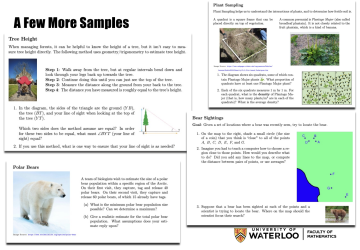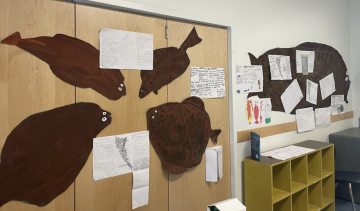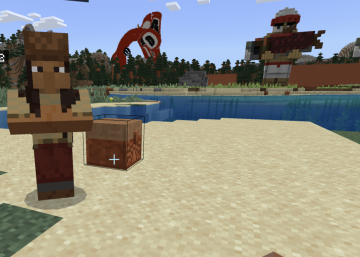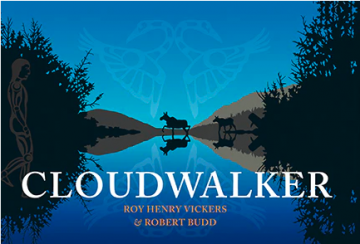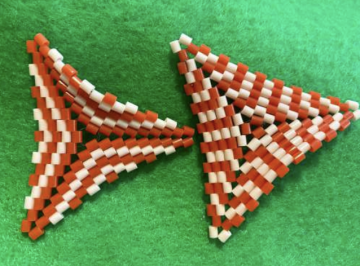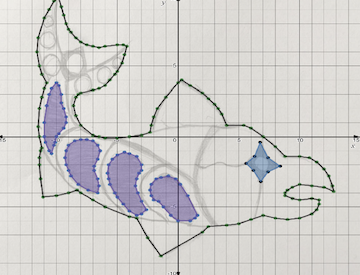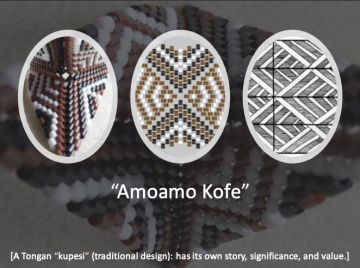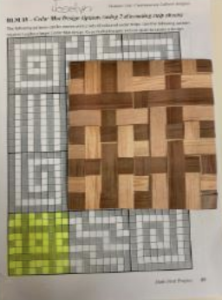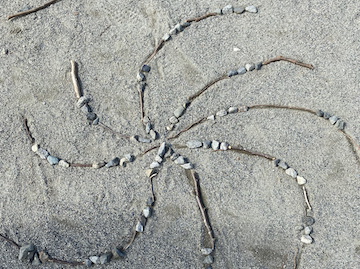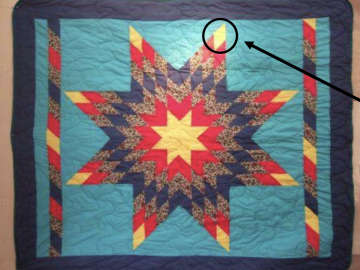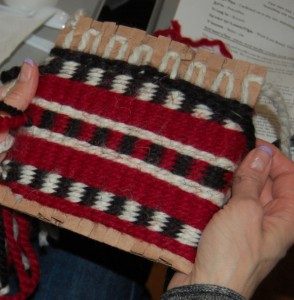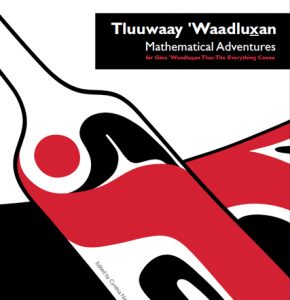Every Pattern Tells a Story
This NSF-funded research project engaged in story-sharing sessions with former students, friends, and community members to uncover the stories behind assignment contributions, enriching classroom learning and highlighting connections between algebra and Indigenous identity.
Problems with a Purpose
The CEMC’s “Problems with Purpose” offers real-world math challenges, including Cree language puzzles, for grades 4-12.
Building a Community of Inquiry through Indigenous Storywork Principles
Annie Simard, Sandra Fox, along with other teachers integrated Indigenous stories into math instruction. Guided by Indigenous Storywork, they created engaging math experiences.
Indigenizing Minecraft through a Numeracy (STEAM) Lens
embark on a historical journey to a coastal village where students collaborate with Elders to learn sustainable winter preparation. Armed with this ancestral knowledge, students are tasked with designing their own thriving community
Place-Based Math Meets Indigenous Storywork
Jess Kyle’s project merged Indigenous Storywork and place-based math. By incorporating Sto:lo stories and territory story mats, students explored math through their surroundings, guided by their own curiosity.
What Is The Most Beautiful Thing You Know About Cedar Trees?
Inspired by What is the Most Beautiful Thing You Know About Horses? Students explore their environments mathematically, culminating in a story as the finished product.
Peace Dancer
This lesson blends Indigenous stories and math. By exploring “Peace Dancer” by Roy Henry Vickers, students connect with Indigenous Storywork and First Peoples’ Principles of Learning while learning about properties of objects and shapes, equations and transformations.
What’s the most beautiful thing you know about horses?
This lesson blends Indigenous stories and math. By exploring “What’s the Most Beautiful Thing You Know about Horses” written by Richard Van Camp students connect with Indigenous Storywork and First Peoples’ Principles of Learning while learning about patterns, fractions, and measurement.
Cloudwalker
This lesson blends Indigenous stories and math. By exploring “Cloudwalker” by Richard Van Camp students connect with Indigenous Storywork and First Peoples’ Principles of Learning while learning about number concepts, and change in quantity.
Cloudwalker
This lesson blends Indigenous stories and math. By exploring “Cloudwalker” by Richard Van Camp students connect with Indigenous Storywork and First Peoples’ Principles of Learning while learning about patterns, and number concepts.
Math is All Around Us!
The authors in this resource demonstrate innovative ways to incorporate beading and cedar weaving into their algebra classrooms.
Beadwork + Mathwork
Allison Gardner’s resource integrates beading into grades 4-8 math through a First Peoples Principles of Learning lens. Using the Medicine Wheel as a starting point, students explore math concepts while learning about beadwork. The resource includes detailed lesson plans and references to relevant texts.
Desmos Art Project
This math lab uses Desmos to reinforce linear patterns, tables, and graphing. Students recreate art inspired by Kiki DesJarlais. A step-by-step guide and self-assessment are included.
Exploring Math and Stories through Geometric Beading
Stan Manu’s presentation explores the convergence of beadwork, math, and Indigenous knowledge. A five-session project culminated in a community “hyper-blanket,” demonstrating the power of collaborative learning.
Non-linear Storytelling through Rotational Symmetry
Janelle Findlay’s lesson explores rotational symmetry through the lens of Coast Salish artist Susan Point’s storm sewer cover design. Students create their own symmetrical art while considering the storytelling potential of their designs.
Squamish Weaving and Mathematics
Emily Gresham shares her experience from learning and collaborating with Anjeanette Dawson, a Squamish Weaver. Emily details seven outcomes she saw within her grade 6/7 classroom and school community when introducing Squamish weaving.
Exploring Ecosystems and Mathematics
David Barnum shares how his Grade 3 students developed a deep connection to their environment through observation and journaling, aligning with First Peoples principles of learning.
Coast Salish Weaving, Coding and Numeracy
Jess Kyle merges numeracy and Coast Salish weaving through coding, and exploring the role of non-Indigenous educators in teaching Indigenous knowledge.
Cedar Math Inquiry
Melody Watson presents the “Cedar Math Inquiry,” a whole-school initiative that merges math with First Peoples’ perspectives through forest exploration, measurement, weaving, and bentwood box creation.

